Have you ever been walking through the woods and noticed an oddly shaped tree? If you're like me, chances are you probably didn't give it any thought and simply continued on your way.
But once you learn about about Dennis Downes, I guarantee you'll never look at trees the same way again!
For nearly 30 years, Dennis has been touring America's countryside, searching for and documenting unique trees. He's even built a special society around them!
But these trees, totally inconspicuous save for their strange shapes, have a very special place in America's history — and serve a fascinating purpose! Over 100 years ago, these trees were purposefully bent, and their odd shapes communicate very important messages.
But these trees aren't as rare as you might think! They can actually be found all around the country — perhaps even in your own backyard! (For a special tutorial on how to spot these amazing trees, be sure to watch Dennis' video at the bottom!)
Have you ever seen anything like this? I certainly hadn't! But I'll be on the lookout next time I'm taking a walk through the woods!
Please SHARE if you are fascinated by the special meaning of these trees!
Before roads and cars, before electricity and the internet, all we had to depend upon was nature.
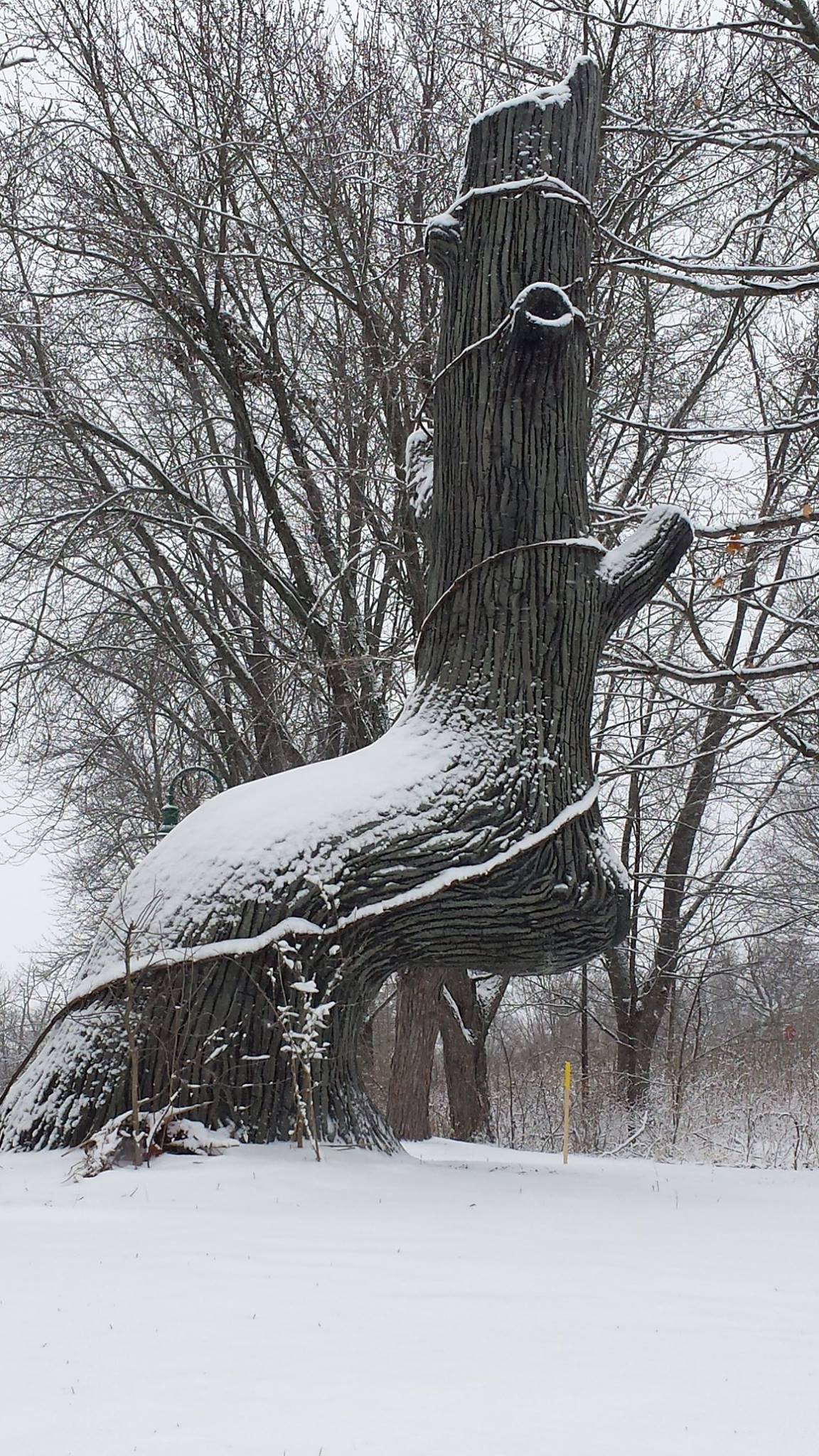
Over 400 years ago, before European settlers ever reached these shores, thriving tribes of Native Americans lived upon the land.
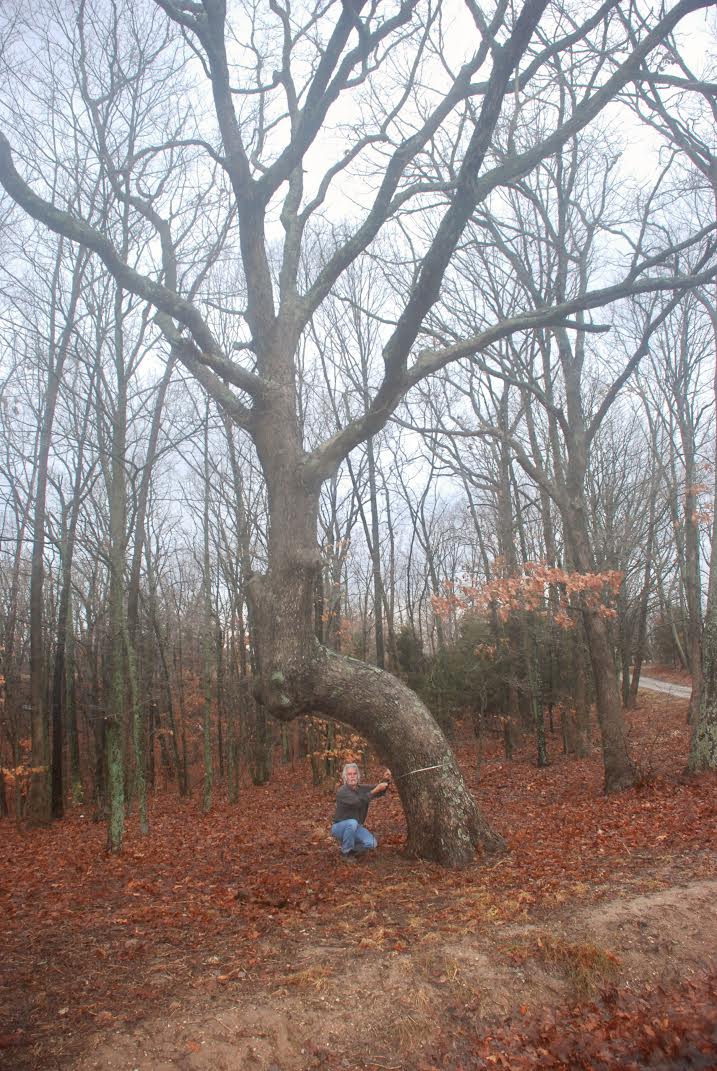
In order to live and work efficiently, these tribes needed a way to navigate their land and communicate with one another.
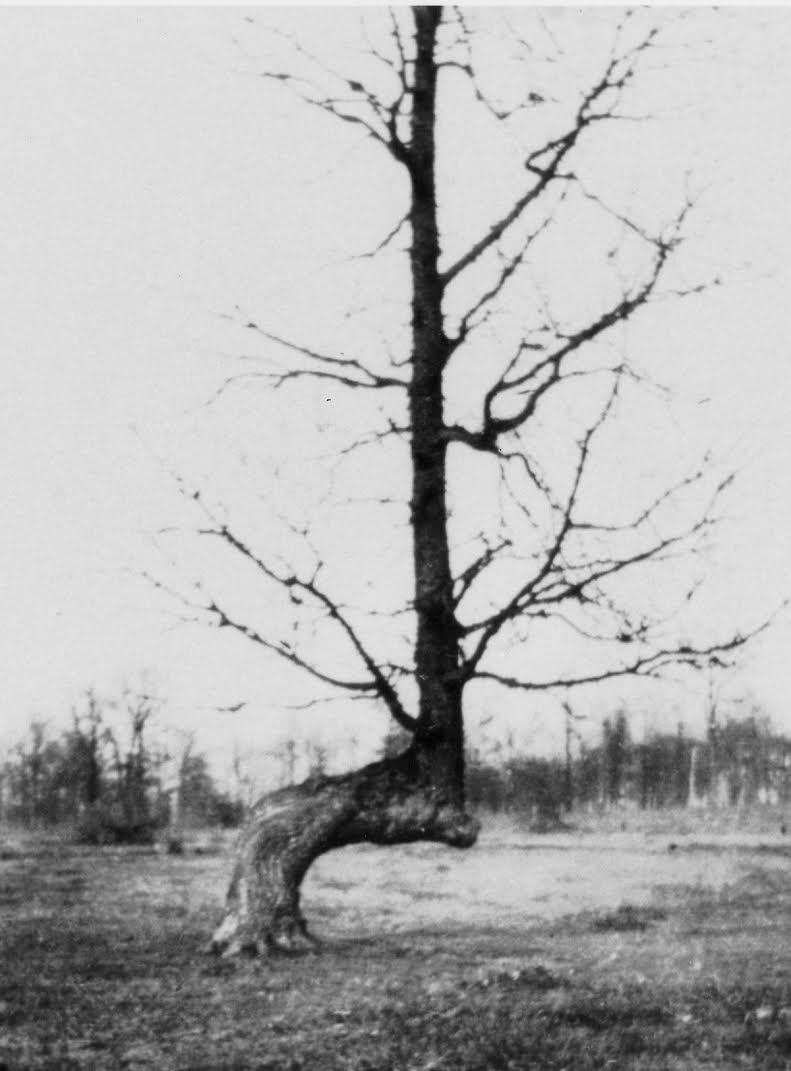
Called "marker trees," or "trail trees," saplings were carefully bent by a local Native American tribe, forcing them to grow in unnatural shapes.

These formations communicated a special message to the tribe members. This tree stands upon a geographical divide, said to mark the boundary between two local tribes. Hence the reason it points in opposite directions.
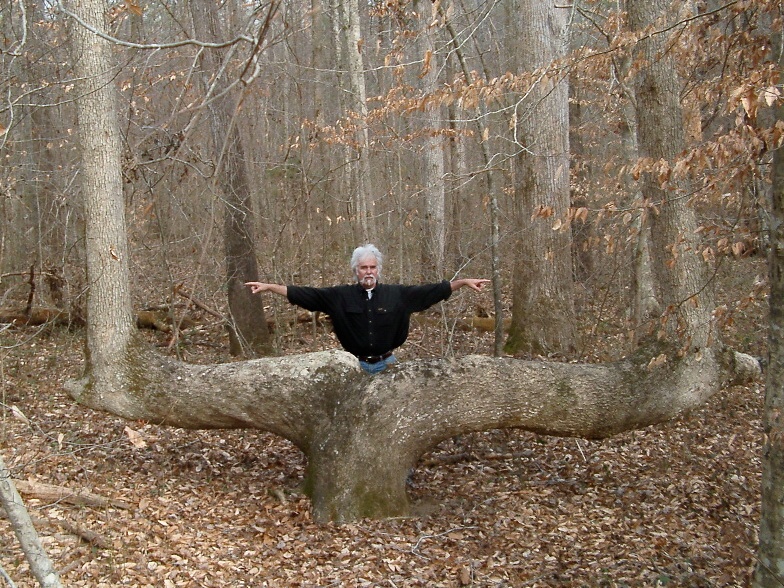
Like highway exit signs, these trees would have pointed tribespeople to water sources, medicinal plants, and special burial sites.

They were also used to indicate safe-crossing points at rivers, rock or mineral deposits for tool-making, and the burial sites of their ancestors.
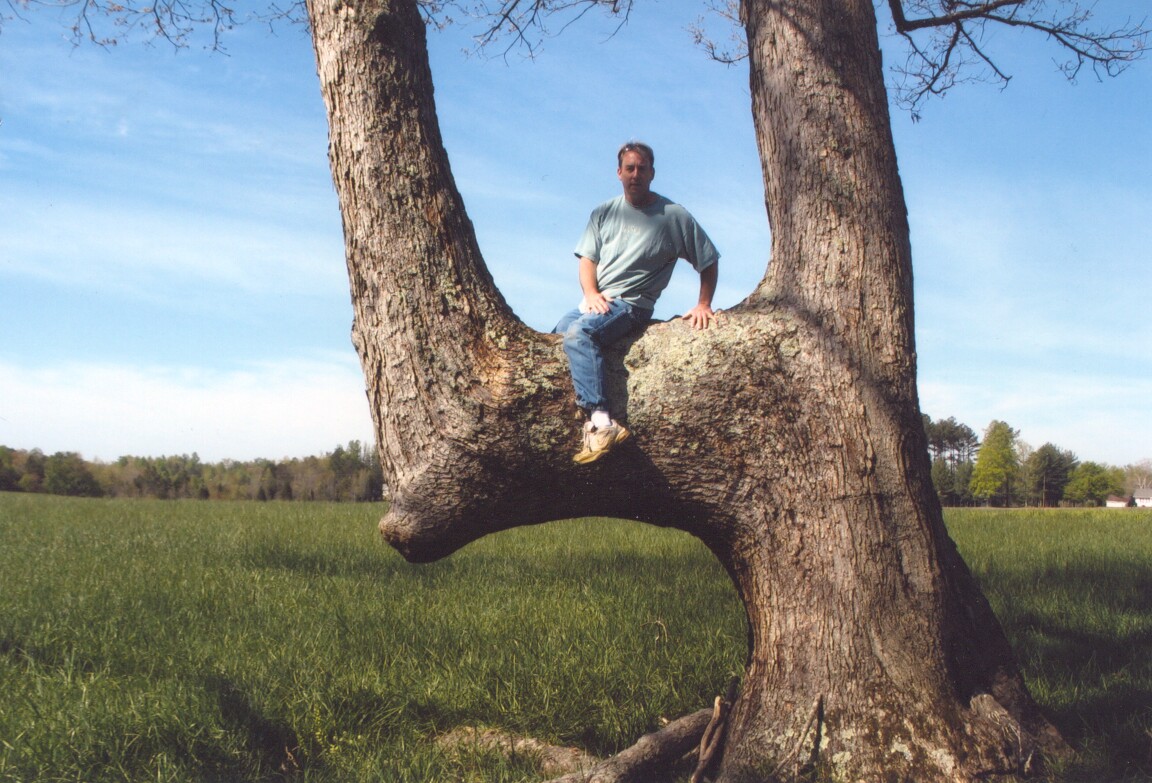
The shapes of the trees varied depending upon the tribe and the message being relayed.
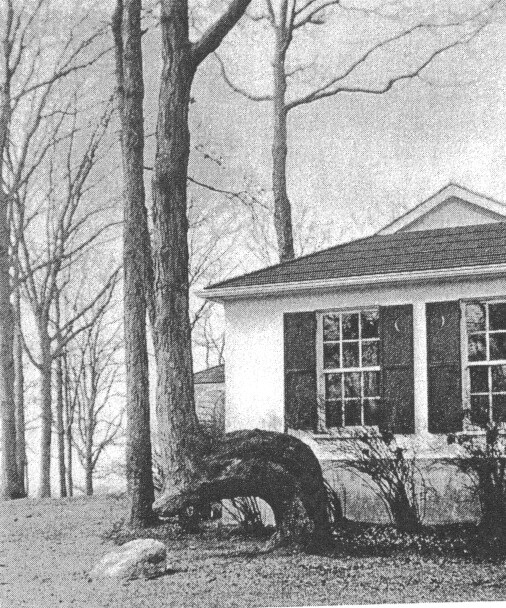
These guideposts were essential to the Native Americans' way of life. It was a necessary means of communication in the sprawling forests of North America.
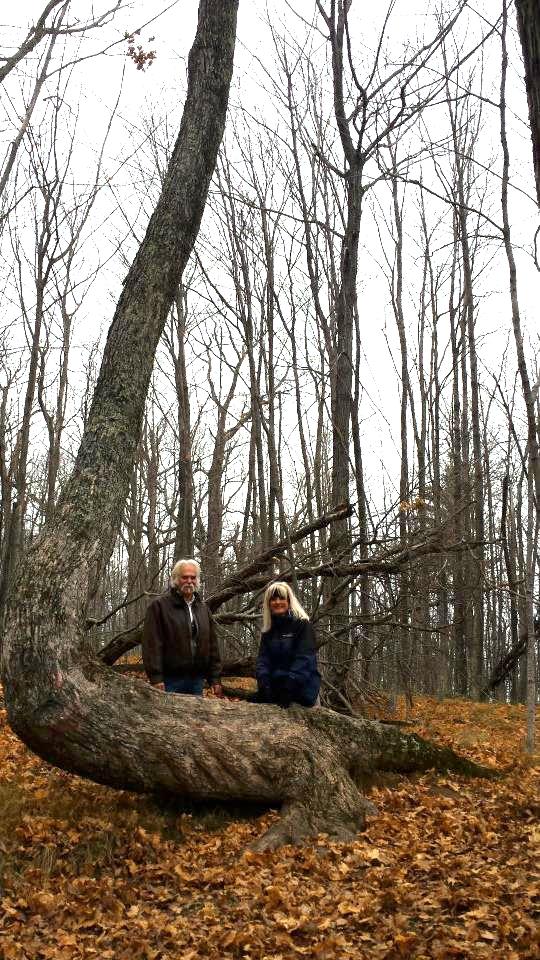
Native Americans were experts at following animal trails, but these did not guide the tribespeople to sites needed for human survival and comfort.
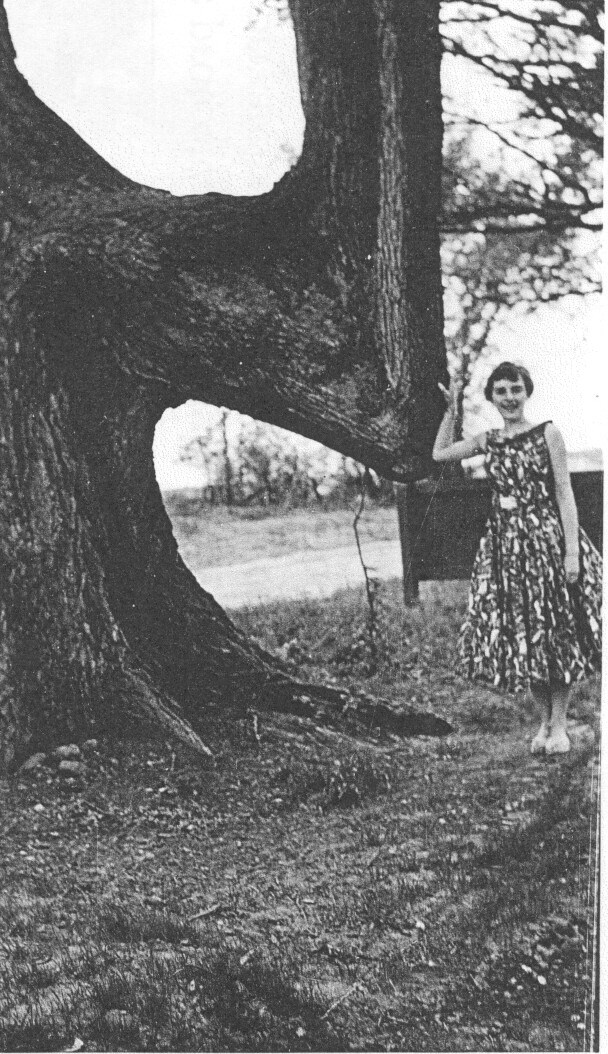
Trail trees are typically made from those of the hardwood family, such as oak, maple, and elm.
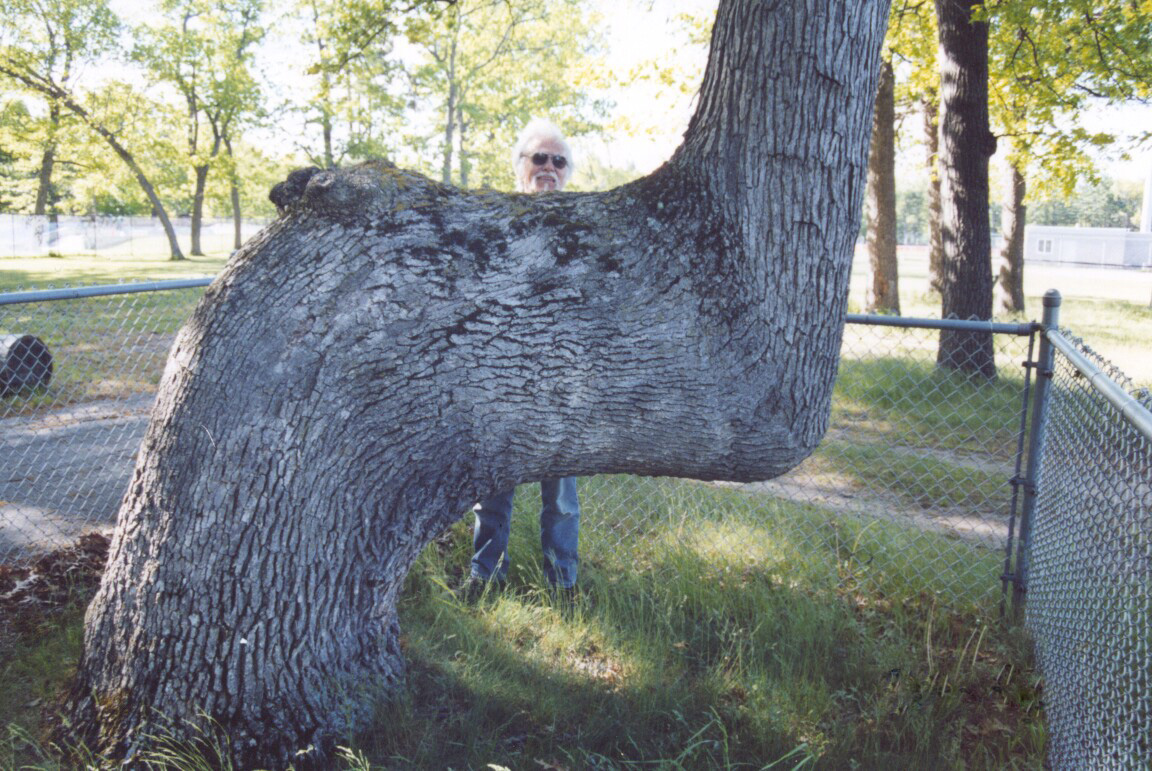
Later, European settlers would often use these trail markers for guidance to the same resources: fresh water, mineral deposits, and safe-crossing points.

In the late 1800s, historical societies conducted a lot of research on these special trees and their preservation, but in modern times, these trail markers are very rare, and thus, there is not much left to study or maintain.

Dennis and his society take great pains to educate people on these marvelous, historical monuments. Here, he demonstrates how the trail markers would have been shaped as saplings.
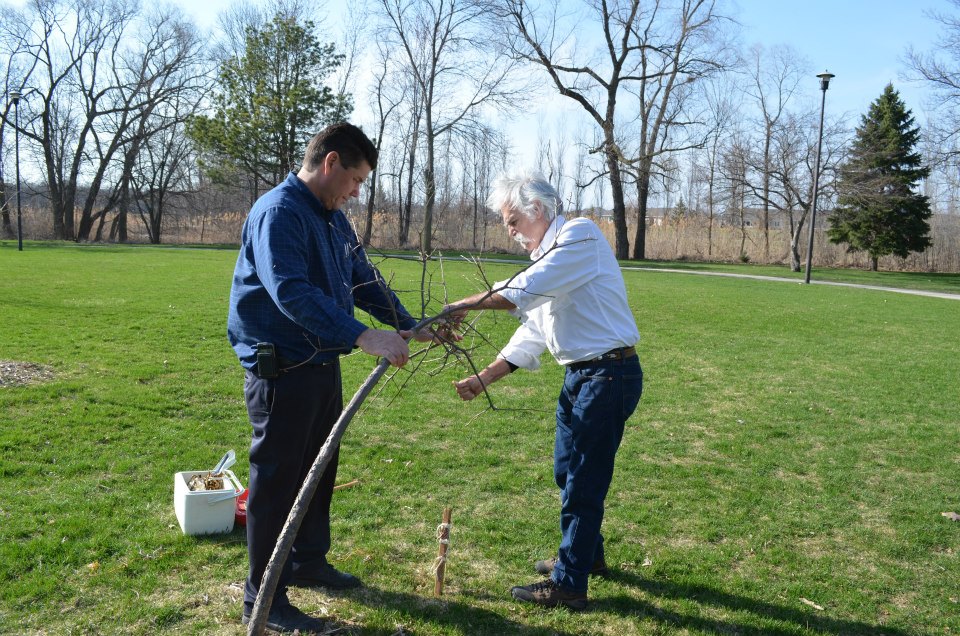
This illustration further demonstrates how the Native Americans successfully bent the towering hardwoods.
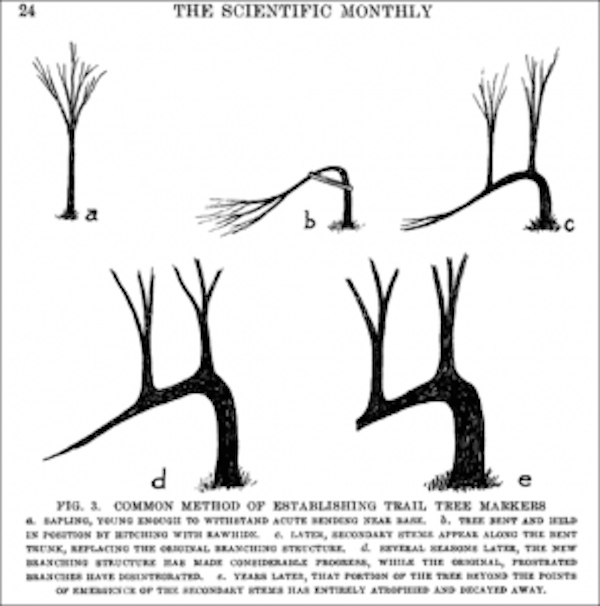
The next time you're enjoying a peaceful walk through the woods, keep your eyes out for one of these amazing trees. You'll be witnessing a very special piece of American history.
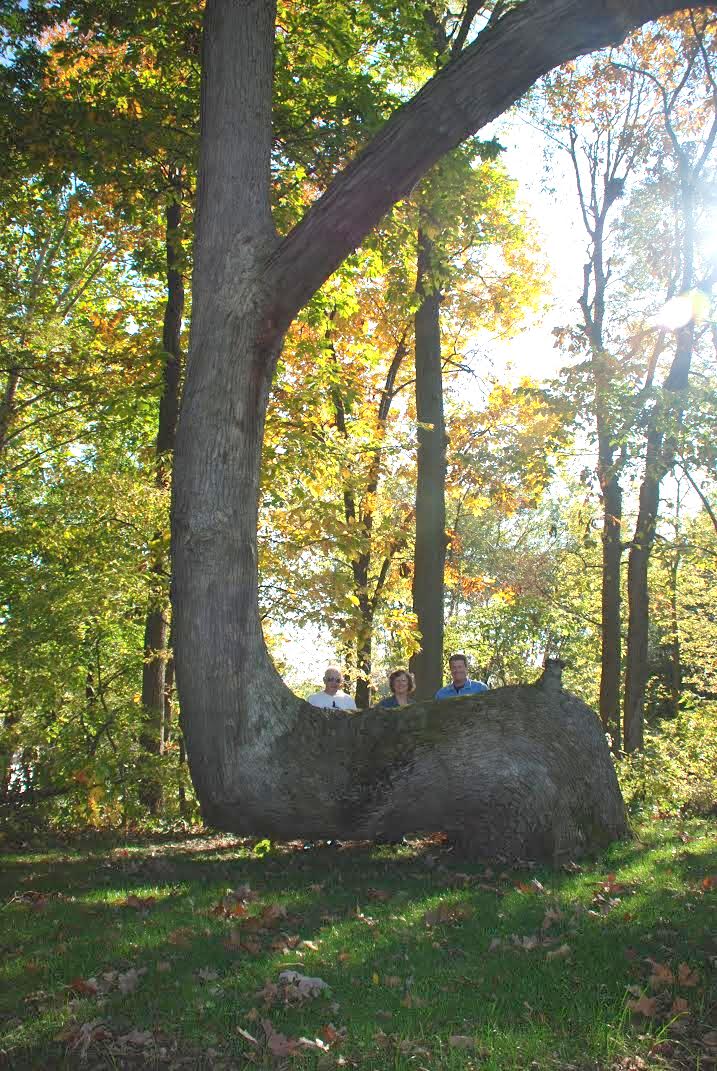
Please be sure to watch the Dennis' video below, and SHARE if you enjoyed learning about these marvelous trail markers!




